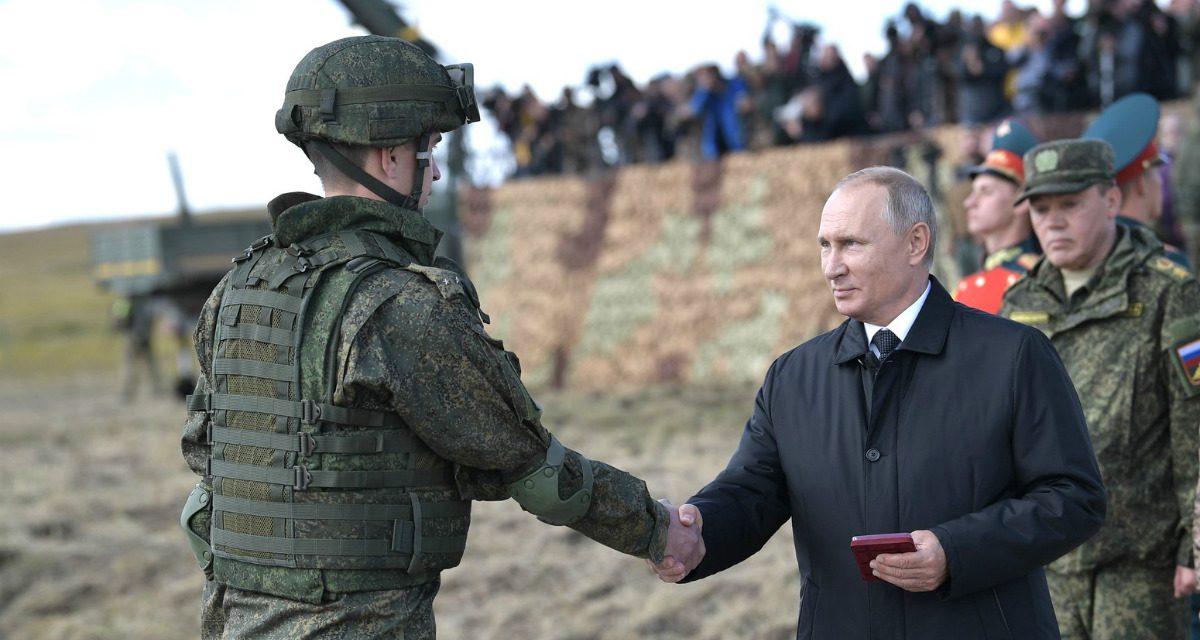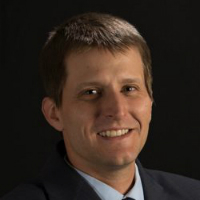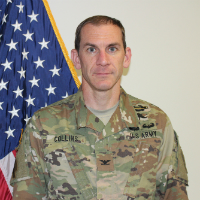On the front lines in the Donbas region of eastern Ukraine—an area known as the Joint Forces Operation, formerly the Anti-Terrorist Operation zone—ground combat operations are evolving and incorporating new features.
Previous installments of this column have examined information operations and electronic warfare in this context. But increasingly, cyber is also playing an impactful role, presenting a potential vision of future cyber-enabled conflict.
The use of cyber by Russian Spetsnaz (special forces) and their proxies in the Donbas may not be sexy. Bits and bytes still cannot take and hold territory. Cyber capabilities do not allow soldiers to avoid the cold, wet grind on a contact line with hundreds to thousands of daily cease-fire violations. Nor has the vision of a future conflict conducted at a computer terminal in a headquarters where the violence of warfare is somehow sanitized by strokes of a keyboard materialized. Instead, tactical cyber has devolved and intermingled with information operations and electronic warfare, becoming yet another daily part of the slog to maintain territory, the operational readiness of forces and the tactical viability of equipment.
Read the full article at ARMY Magazine.
The views expressed are those of the authors and do not reflect the official position of the United States Military Academy, Department of the Army, or Department of Defense.



